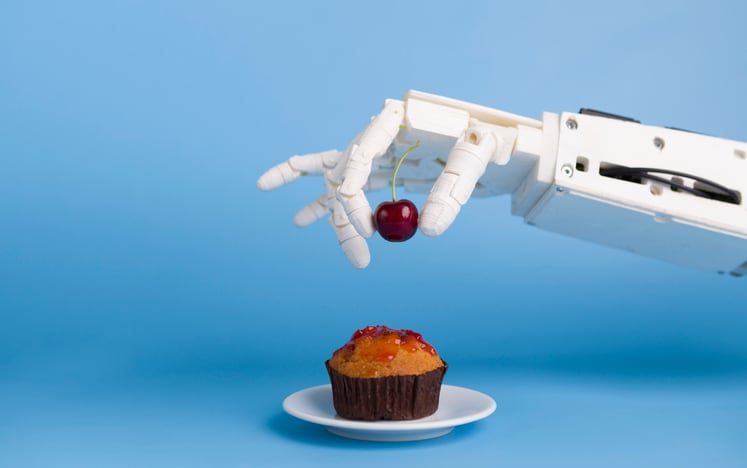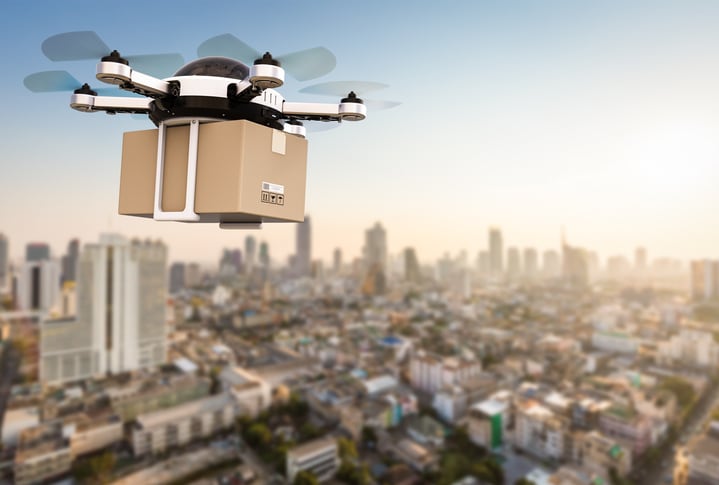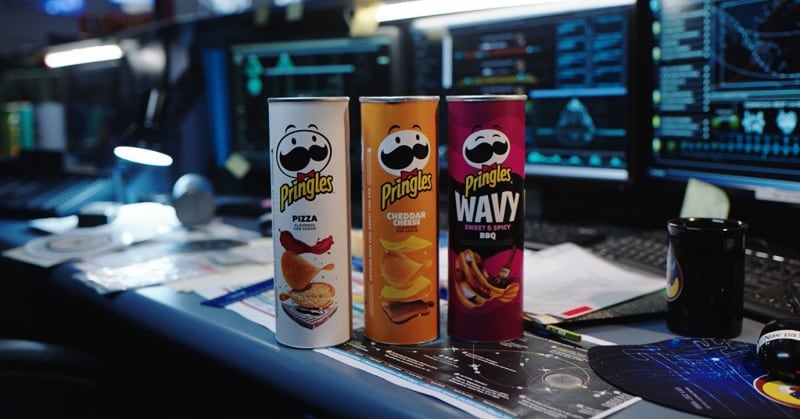One company is Asian food business Camile Food Group. Since opening its first restaurant in 2010, Camile Thai has expanded to 40 locations in the UK and Ireland as it looks to become a tech-savvy leader in the food delivery space.
Its plans include installing next year semi-autonomous woks – which it calls Robowoks – into its kitchens. This will help speed up preparation times, allow meals to be cooked more consistently, and save labour costs at a time when delivery apps such as Deliveroo and Just Eat are squeezing margins with a commission of up to 30% of a restaurant’s sale price.
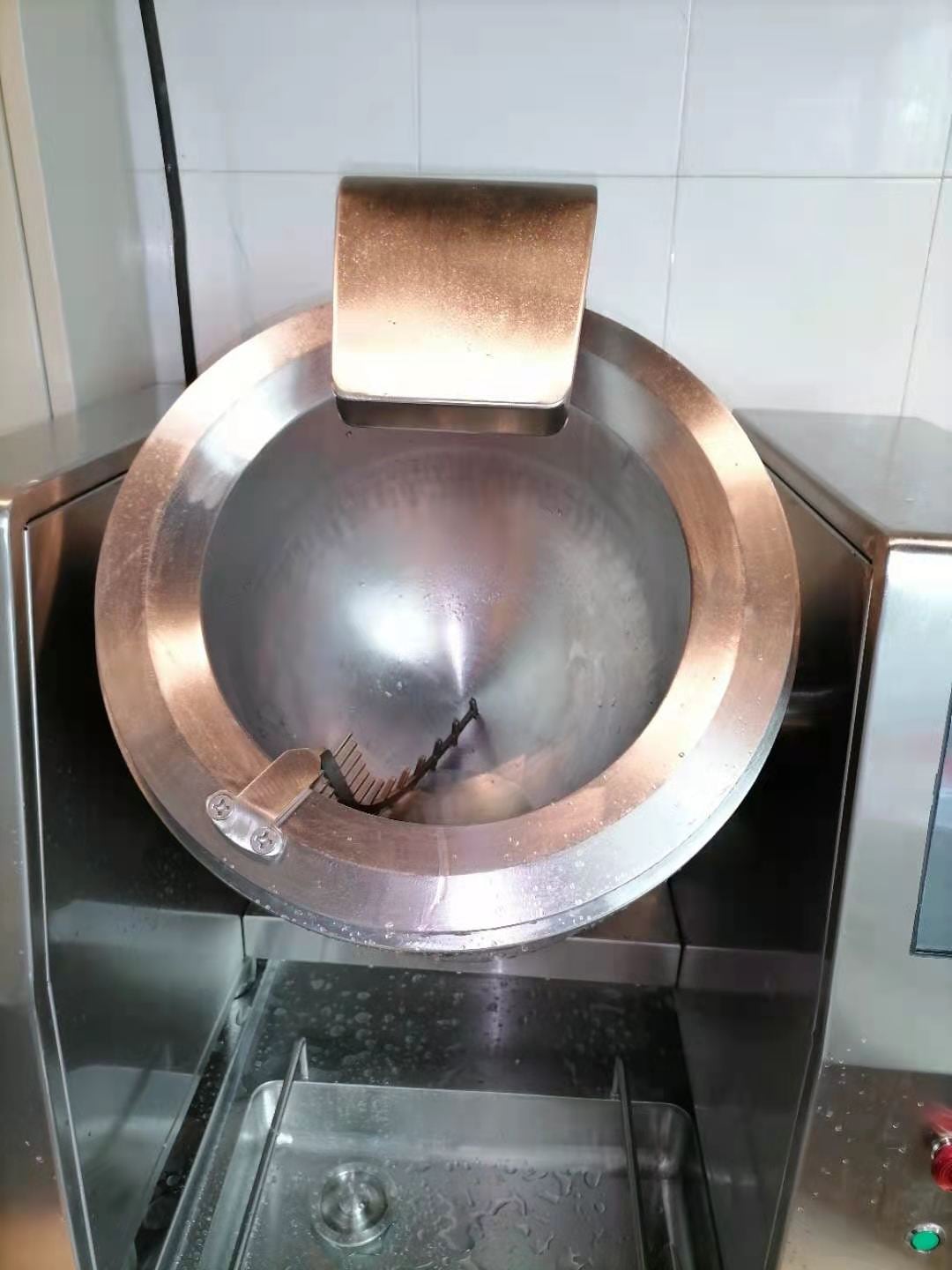
“Most other areas of production have had a high degree of mechanism over time and the restaurant kitchens are one of the last bastions of high labour industries that haven't really changed - they are still very high labour industries,” explained Camile Thai CEO, Brody Sweeney. “We're looking at automation for a couple of reasons. One is because in restaurants, particularly in home delivery, a fact of life for us is dealing with companies like Deliveroo and Just Eat who charge incredibly high commissions. So we need to look and see where we can make savings in the business. One of the areas we looked at was on the production line.”
Camile Thai’s dishes are based on wok cooking, he explained, which is very repetitive and easy to replicate mechanically. The company is therefore among the first in Europe to be installing semi-autonomous woks. These consist of a heated, rotating drum, which allows the ingredients to cook, a rotating mechanism to dispense the cooked food and a further rotation which switches the drum into a self-cleaning mode.
Camile Thai’s restaurants typically have five cooks. When the Robowoks are deployed in resturants there will five in a row operated by 2 people. “On paper that shows a cost saving of 60%,” said Sweeney.
Adopting this tech, he added, means the company will be able to redeploy staff away from cooklines into other task areas where “they can do more interesting things” such as operations, hub office or its central production kitchen.
The move further brings potential taste, safety and hygiene benefits, he said. "Arguably the food will be better because it will be cooked exactly the same every time the way it's supposed to be. It will be cooked more consistently at the right temperature and right rotation to get the proper stir fry effect.”
Camile Thai is embracing other knowhow such as logistics technology to both improve margins and its customer experience. “Arguably a business like ours is more of a logistics business than a restaurant business,” explained Sweeney. “For example, we take an order, prepare, cook it pack it and dispatch it all within 30 minutes. On Saturday night you could have 70 orders in the kitchen at the same time. An average order in our business is 2.2 main courses. So that's over 150 dishes in various stages of preparation. So we use a lot of software to try and manage that process to make sure the right food goes into the right bags and goes to the right address in 30 minutes.”
The rise of ghost kitchens
The company is also looking to expand its use of ghost kitchens: commercial catering spaces that allow food service brands without a traditional bricks-and-mortar location to develop.
In many cases, they can be characterised as delivery-only restaurants without any consumer-facing areas.
“Camile is embracing ghost kitchen opportunities to expand their reach beyond traditional brick and mortar restaurants in every neighbourhood across London,” said Jonathan Dockrell, Camile’s UK General Manager.
Camile Thai recently joined forces with ghost kitchen provider Reef, which operates in the US, UK, Canada and Dubai. US-based Reef specialises in turning underutilized spaces such as urban parking lots into food and logistics hubs. It has a worldwide real-estate network of more than 4,500 parking lots and garages called Neighborhood Kitchens.
These enable restaurants to extend their delivery areas by providing proximity to their customers, while also reducing delivery times and giving them the ability to scale more quickly into new geographies. “By partnering with companies like Reef, we can bring Camile into denser, urban areas without the overhead of operating a traditional restaurant space,” said Dockrell.
Up, up, up and away
Drone technology is another exciting area of interest to the company. From a consumer point of view, drones promise to be "quicker, cheaper and more environmentally friendly than a car or bike doing the delivery,” said Sweeney. Camile Thai is the official launch partner of Manna, the Irish company hoping to go live with food delivery by drone as early as next year and which is trialling Ireland’s first grocery home shopping drone deliveries in partnership with Tesco.
In the UK, the Civil Aviation Authority (CAA) recently approved trials to test the remote piloting of drones, which could pave the way for the ubiquitous use of drones for routine tasks like delivery of food and groceries. The trials will be operated by Japanese drone service provider Terra Drone, which last year joined forces with Unilever to explore drone delivery services for its Ben & Jerry’s ice cream brand in New York. At the time of this project, Unilever said that with regulations around future drone flights expected to become more flexible, it was preparing for a drone logistics service that would deliver products to more customers faster.
Yuki Ueno, Director of Terra Drone Europe, said: “We want to solve serious problems in the logistics field, such as carbon dioxide emissions, with drones. As deregulation progresses worldwide, drone delivery services will also increase.”
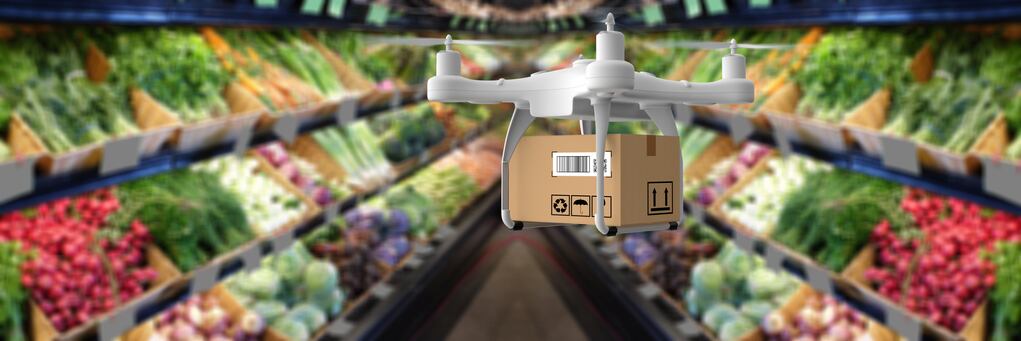
Today’s end consumers ‘much more open to using technology’
Meanwhile, the food hospitality sector will continue to employ technology as society learns to live with the COVID pandemic, believes James Walton, chief economist at IGD.
“In general customers will be much more open to using technology than pre-COVID so there is a window of opportunity to introduce systems that benefit the operators, in terms efficiency and data and customers, in terms of safety and convenience,” he recently revealed to FoodNavigator.
For years, he explained, foodservice businesses in many markets have struggled to grow productivity. Many foodservice offers are labour-intensive and jobs – with perhaps the Robowok now an exception, are hard to automate.
There have been some experiments in automating cooking, he noted, such as the salad-making robot called Sally and Itsu’s sushi-making robots, though “a truly flexible, versatile and affordable robot cook is still some way off” and “applying tech in kitchens is still tricky”.
Data is a game changer
The big opportunity on offer for the hospitality industry and food brands is the customer data that is gathered via tech such as ordering apps. “Data is the key – gathering it and using it could give operators a clear advantage over competitors,” Walton told us.
However, the challenge for operators is what to do with the data “and how to bring data from all channels together to give one view of the customer and deliver a consistent brand experience to them, however they engage, whether in person, delivery, click and collect, drive thru or retail.”


